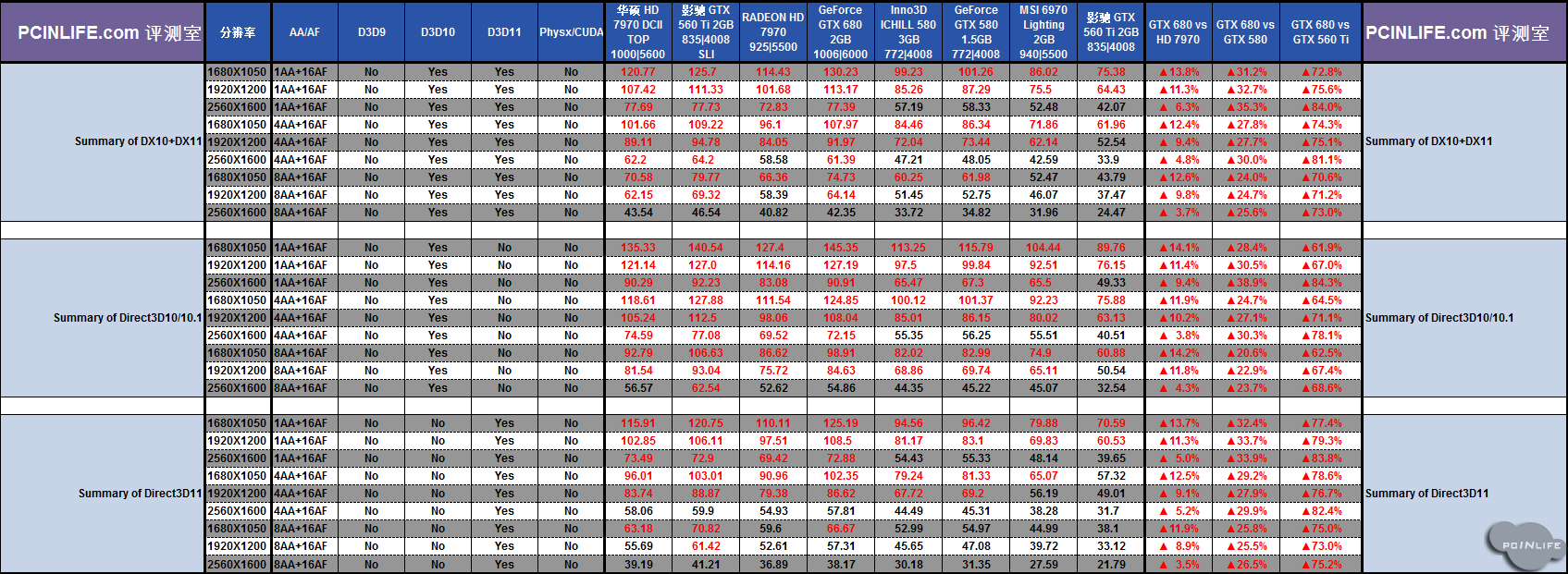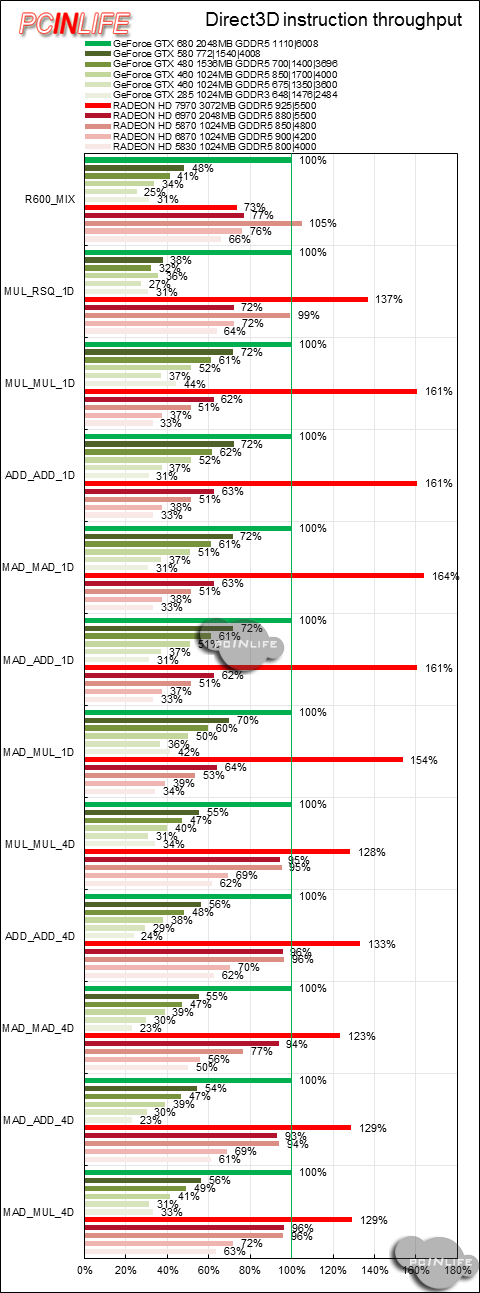To feed the execution resources of SMX, each unit contains four warp schedulers, and each warp scheduler is capable of dispatching two instructions per warp every clock.
More importantly, the scheduling functions have been redesigned with a focus on power efficiency. For example: Both Kepler and Fermi schedulers contain similar hardware units to handle scheduling functions, including, (a) register scoreboarding for long latency operations (texture and load), (b) inter-warp scheduling decisions (e.g., pick the best warp to go next among eligible candidates), and (c) thread block level scheduling (e.g., the GigaThread engine); however, Fermi’s scheduler also contains a complex hardware stage to prevent data hazards in the math datapath itself. A multi-port register scoreboard keeps track of any registers that are not yet ready with valid data, and a dependency checker block analyzes register usage across a multitude of fully decoded warp instructions against the scoreboard, to determine which are eligible to issue.
For Kepler, we realized that since this information is deterministic (the math pipeline latencies are not variable), it is possible for the compiler to determine up front when instructions will be ready to issue, and provide this information in the instruction itself. This allowed us to replace several complex and power-expensive blocks with a simple hardware block that extracts the pre-determined latency information and uses it to mask out warps from eligibility at the inter-warp scheduler stage.
We also developed a new design for the processor execution core, again with a focus on best performance per watt. Each processing unit was scrubbed to maximize clock gating efficiency and minimize wiring and retiming overheads.



